Finding Images of Your Ancestors at The New York Public Library
by Philip Sutton, Milstein Division of U.S. History, Local History & Genealogy, Stephen A. Schwarzman Building
February 28, 2022
Whether your family member is missing from the family album, or you can't identify someone in photos, this guide is full of information about using NYPL's collections for image research.
Stories from the U.S. Federal Census
by Philip Sutton, Milstein Division of U.S. History, Local History & Genealogy, Stephen A. Schwarzman Building
April 13, 2020
These stories illuminate how the census is used and shapes our country.
Using Maps for Genealogy Research, Part 1: Finding Records
by Philip Sutton, Milstein Division of U.S. History, Local History & Genealogy, Stephen A. Schwarzman Building
December 24, 2018
Did you know the Library is home to 433,000 sheet maps, and 20,000 books and atlases published between the 16th and 21st centuries? In the first of this five-part series, we review the various ways genealogists can use these maps in their research.
Using Maps for Genealogy Research, Part 2: Fire Insurance Maps - Exploring Space and Time
by Philip Sutton, Milstein Division of U.S. History, Local History & Genealogy, Stephen A. Schwarzman Building
December 24, 2018
Born of necessity, fire insurance maps can be used with other sources to create family histories with color and context. Find out more in this second part of our five-part series of genealogy research.
Using Maps for Genealogy Research, Part 3: Place of Origin and Immigration Stories
by Philip Sutton, Milstein Division of U.S. History, Local History & Genealogy, Stephen A. Schwarzman Building
December 24, 2018
Determining an ancestor's place of origin, and how they arrived in the U.S., is one of the engaging aspects of genealogy research. In this 3rd part of our five-part series, see the role that maps play in that research and follow the story of one immigrant family from Northern Italy to Iron Belt, Wisconsin.
Using Maps for Genealogy Research, Part 4: Topographical Maps, and County Maps and Atlases
by Philip Sutton, Milstein Division of U.S. History, Local History & Genealogy, Stephen A. Schwarzman Building
December 24, 2018
Discover how topography can help inform your research, creating a powerful narrative that can bring the past to life. Part 4 of our five-part series.
Using Maps for Genealogy Research, Part 5: Gazetteers and Finding Maps
by Philip Sutton, Milstein Division of U.S. History, Local History & Genealogy, Stephen A. Schwarzman Building
December 24, 2018
We wrap up our five-part series with a look at the importance of gazetteers in your genealogical search, and a summary detailing how to find the maps at NYPL.
Ten Songs about Libraries and Librarians
by Philip Sutton, Milstein Division of U.S. History, Local History & Genealogy, Stephen A. Schwarzman Building
April 18, 2017
I'm a librarian who plays music, which got me thinking about songs about libraries and librarians.
New York Public Library Digitizes 137 Years of New York City Directories
by Philip Sutton, Milstein Division of U.S. History, Local History & Genealogy, Stephen A. Schwarzman Building
October 5, 2016
New York Public Library is digitizing its collection of New York City Directories, 1786 through 1922/3, serving them free through the NYPL Digital Collections portal. The first batch—1849/50 through 1923—have already been scanned, and the 1786–1848/9 directories are right now being scanned. The whole collection will be going online over the coming months.
Genealogy Tips: Searching the Census by Address
by Philip Sutton, Milstein Division of U.S. History, Local History & Genealogy, Stephen A. Schwarzman Building
July 8, 2016
Ever wondered who lived in your home before you? Or having trouble finding great-grandparents in old census records? If you are so inclined, and want to search the census by address, to see who lived in your American house many moons ago, this post explains how you can do that. Even better, all the information is available online for free. You will need an address...
Emigrant City: Two Stories
by Philip Sutton, Milstein Division of U.S. History, Local History & Genealogy, Stephen A. Schwarzman Building
November 4, 2015
The recently digitized ledgers contain details of 6,400 mortgages held by customers at the bank, between 1851 and 1921, information that, until now, was available only on microfilm.
Can You Help Find the Descendants of Seneca Village?
by Philip Sutton, Milstein Division of U.S. History, Local History & Genealogy, Stephen A. Schwarzman Building
May 7, 2014
Anthropologists Diana Wall, Nan Rothschild, and Cynthia Copeland of the Seneca Village Project want to hear from "anyone who has heard family stories or has other reasons to believe that he or she is a descendant of residents of Seneca Village."
Why Your Family Name Was Not Changed at Ellis Island (and One That Was)
by Philip Sutton, Milstein Division of U.S. History, Local History & Genealogy, Stephen A. Schwarzman Building
July 2, 2013
There is a myth that persists in the field of genealogy, or more accurately, in family lore, that family names were changed at Ellis Island. They were not.
The Woolworth Building: The Cathedral of Commerce
by Philip Sutton, Milstein Division of U.S. History, Local History & Genealogy, Stephen A. Schwarzman Building
April 22, 2013
April 24th sees the one hundredth anniversary of the opening of the Woolworth Building, at 233 Broadway. In 1913 the Woolworth Building was the tallest inhabited building in the world, and would remain so until the opening of the Chrysler Building, in 1929. The Milstein Division's collections include a series of photographs, taken by the photographer Irving Underhill, that chart the building's construction. This post looks at those photographs, and at the man who commissioned the building's construction, Frank W. Woolworth, and its architect, Cass Gilbert.
The term
Direct Me NYC 1786: A History of City Directories in the United States and New York City
by Philip Sutton, Milstein Division of U.S. History, Local History & Genealogy, Stephen A. Schwarzman Building
June 8, 2012
Before the telephone directory, there was the city directory, a book that listed the names, addresses, professions, and in some cases ethnicity, of people in a particular town or city. Many of these directories have been digitized for your perusal, or are available on microfilm, all at the New York Public Library.
In New York City, city directories were printed between 1786 and 1934: the first telephone books began to appear in the late
1940: What's Going On
by Philip Sutton, Milstein Division of U.S. History, Local History & Genealogy, Stephen A. Schwarzman Building
April 2, 2012
Released April 2, 2012 by the National Archives, the Sixteenth United States Federal Census is an exciting and important document. It describes the lives of Americans caught between two cataclysmic events in the country's history. When the 1940 census was taken, the nation was still in the throes of the Great Depression, with 14.6 percent of the population out of work, but not yet caught up in the Second World War, a soon to be global conflagration that was, ironically, to put an end to years of economic hardship. Using The New
Who Lived in a House Like This? Building Research at The New York Public Library
by Philip Sutton, Milstein Division of U.S. History, Local History & Genealogy, Stephen A. Schwarzman Building
October 14, 2011
The Library's Milstein Division is home to one of the largest free United States history, local history, and genealogy collections in the country, and many of our patrons are writing their family histories. Many reference questions pertain to building histories, especially in the light of genealogy. Afterall, those ancesters lived somewhere, and it's natural to wonder what it was like where they lived.
Sometimes patrons are curious about the buildings they live in, when the buildings were built, and by whom. They might wonder, "Who lived in my apartment
New York City Land Conveyances 1654-1851: What They Are and How They Work
by Philip Sutton, Milstein Division of U.S. History, Local History & Genealogy, Stephen A. Schwarzman Building
July 26, 2011
On microfilm, in olde worlde language, in undecipherable hand writing. Who cares? This is digitized, right? Yes, sometimes, often, and not yet. Being a librarian, I spend a lot of time rummaging through old documents, seemingly dull and indecipherable tracts that often prove to be invaluable sources of the good stuff. Land conveyances are just such a document. The New York Genealogical and Biographical Society recently donated to the New York Public Library's
Maury and the Menu: A Brief History of the Cunard Steamship Company
by Philip Sutton, Milstein Division of U.S. History, Local History & Genealogy, Stephen A. Schwarzman Building
June 30, 2011
In 1907 the Cunard Steamship Company launched the first of their Express Liners, the Lusitania and the
A Look at "The Book": The Fall and Rise of the Telephone Directory
by Philip Sutton, Milstein Division of U.S. History, Local History & Genealogy, Stephen A. Schwarzman Building
December 14, 2010
It can't have escaped your attention that there has been a lot of talk recently about the imminent demise of the book, at least the print version. But what about the book? Both the New York Times and the Washington Post have this year reported that the White Pages may soon be discontinued. This is perhaps understandable. How many copies of this book currently lie abandoned in a cupboard or drawer,
 With your library card, it's easier than ever to choose from more than 300,000 e-books on SimplyE, The New York Public Library's free e-reader app. Gain access to digital resources for all ages, including e-books, audiobooks, databases, and more.
With your library card, it's easier than ever to choose from more than 300,000 e-books on SimplyE, The New York Public Library's free e-reader app. Gain access to digital resources for all ages, including e-books, audiobooks, databases, and more.
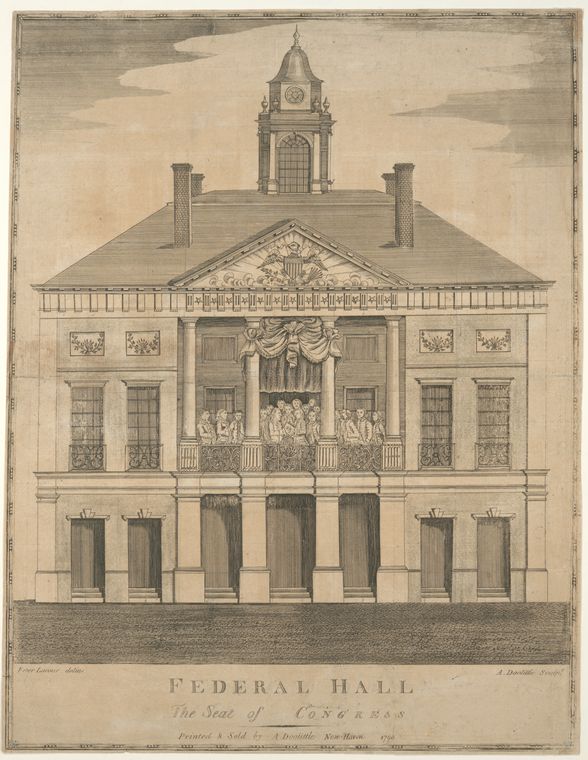

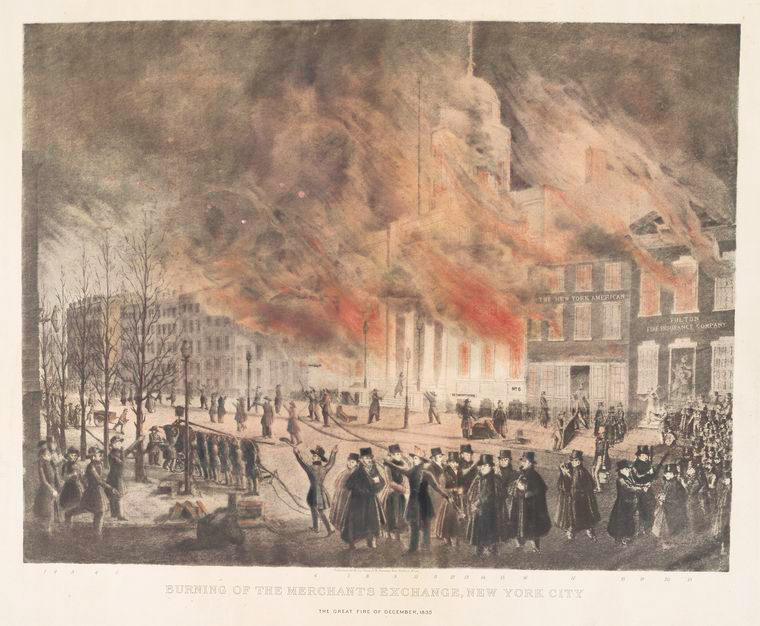
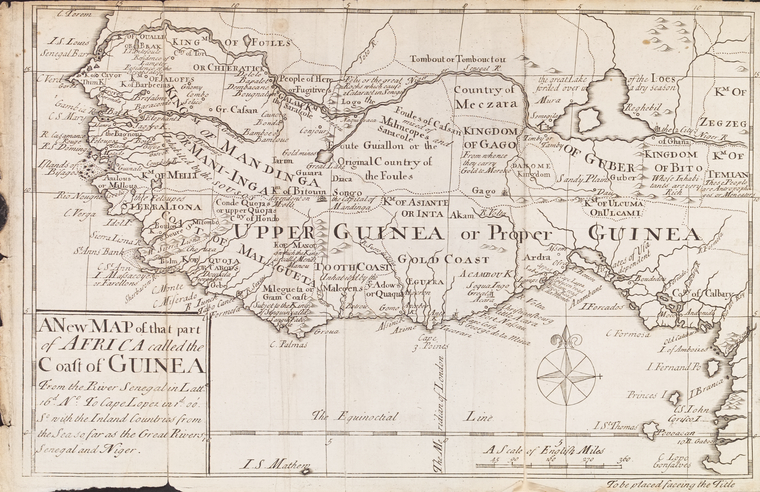
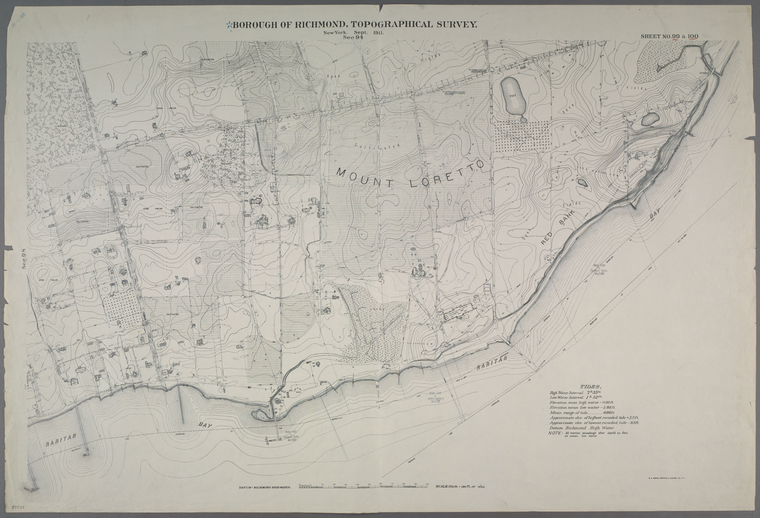





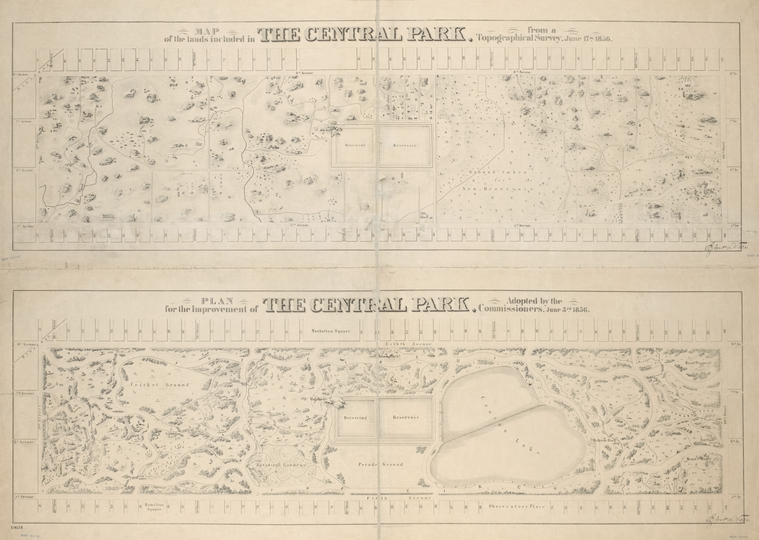
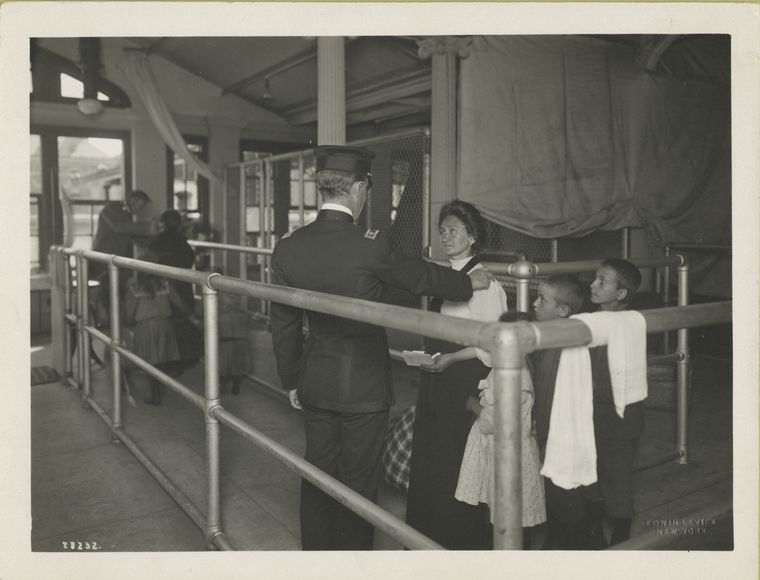
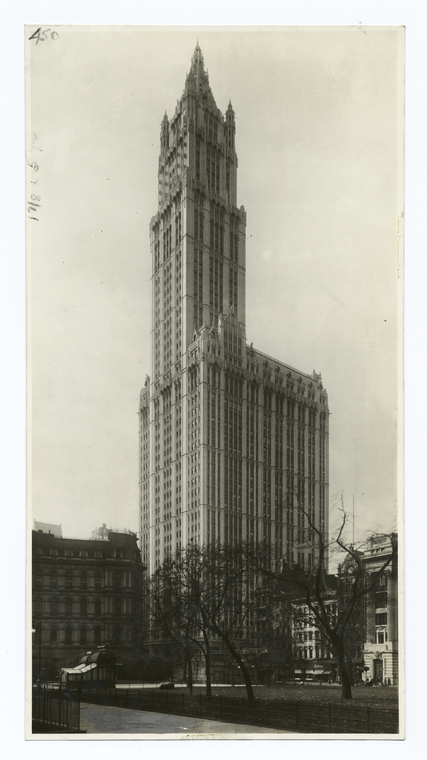

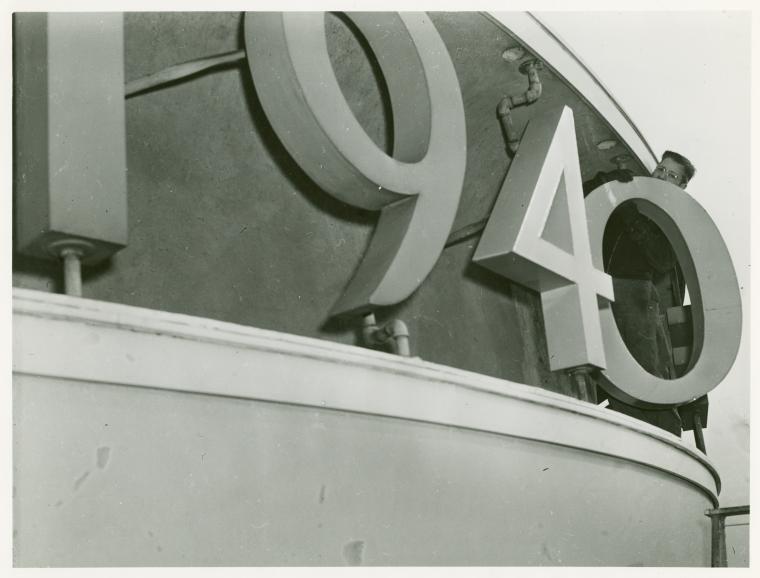
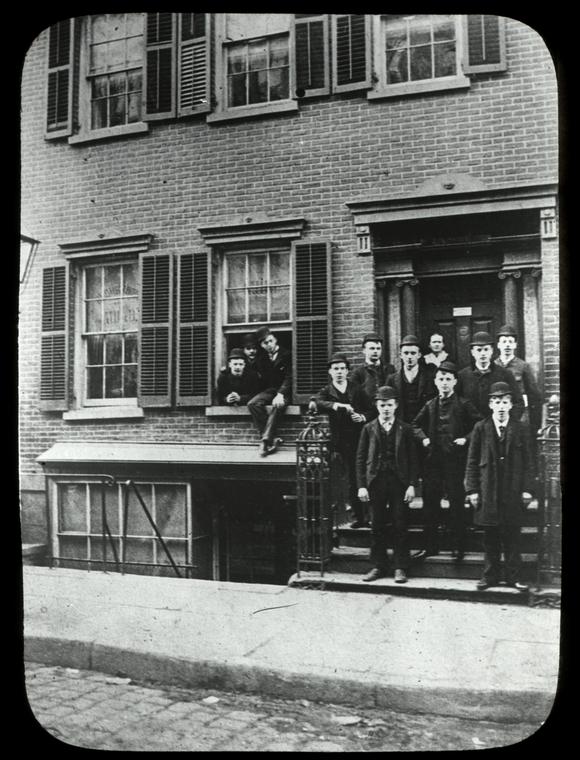

![DAILY MENU, LUNCHEON [held by] CUNARD LINE [at] "ON BOARD R.M.S.""MAURETANIA""" (SS;), Digital ID 473125, New York Public Library DAILY MENU, LUNCHEON [held by] CUNARD LINE [at] "ON BOARD R.M.S.""MAURETANIA""" (SS;), Digital ID 473125, New York Public Library](https://images.nypl.org/?id=473125&t=w)

